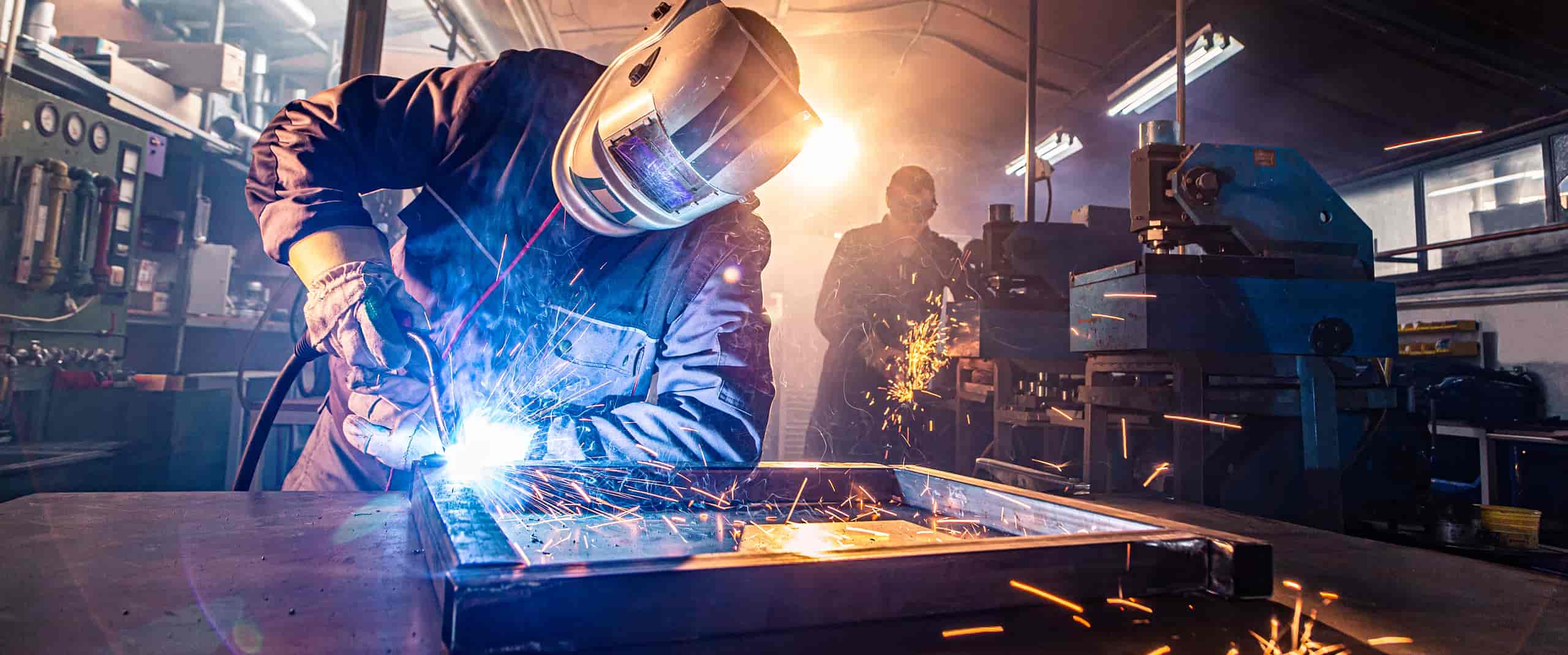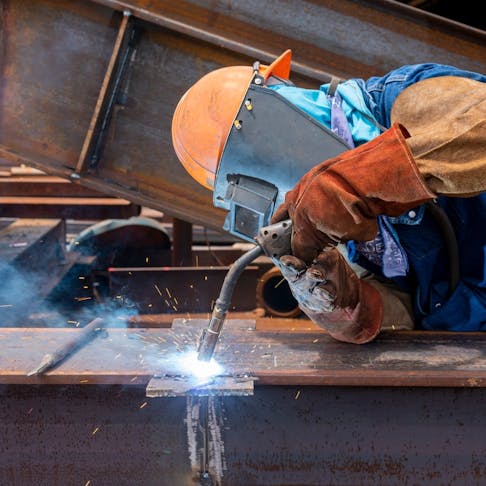The Ultimate Guide to Welding WPS Procedures: A Comprehensive Overview for Welders
In the elaborate world of welding, Welding Procedure Specifications (WPS) serve as the backbone of making certain quality, consistency, and safety and security in welding procedures (welding WPS). As we dive right into the different elements of a WPS and check out the complexities of certification and certification, we will reveal the essential duty these treatments play in the realm of welding.
Importance of WPS Procedures
Understanding the value of Welding Treatment Specs (WPS) procedures is essential for ensuring the high quality and stability of welded structures. WPS treatments act as a roadmap for welders, detailing the needed actions, specifications, and materials needed to achieve an audio weld. By adhering to WPS guidelines, welders can ensure uniformity in their work, resulting in structurally audio and trusted welds.
Among the key reasons that WPS treatments are crucial is their function in maintaining weld top quality and stability. Following the defined welding criteria and methods described in the WPS helps prevent issues such as porosity, splitting, or incomplete blend, which can compromise the toughness and sturdiness of the weld. In addition, WPS treatments are essential for ensuring compliance with sector requirements and codes. By following well established WPS standards, welders can demonstrate that their job satisfies the required needs for safety and top quality, providing assurance to customers, examiners, and governing bodies. In significance, the relevance of WPS procedures can not be overstated, as they are essential to achieving constant, high-grade welds that satisfy sector standards and requirements.

Parts of a WPS
A Welding Treatment Spec (WPS) generally comprises essential parts that information the particular requirements for performing a weld, guaranteeing consistency and high quality in the welding procedure. The crucial elements of a WPS include crucial variables such as base steels, filler metals, interpass and preheat temperatures, welding procedures, protecting gases, welding placements, and post-weld heat therapy demands.
Base metals describe the materials being joined, while filler steels are made use of to fill the space between the base steels during welding. Preheat and interpass temperature levels are critical for regulating the heat input and preventing concerns like breaking or distortion. The welding procedure details the particular technique to be utilized, whether it's gas metal arc welding (GMAW), protected steel arc welding (SMAW), or one more approach. Shielding gases shield the weld swimming pool from climatic contamination. Welding settings define the alignments in which welding can be carried out. Post-weld warmth treatment may be essential to soothe anxieties and improve the weld's residential properties. A complete understanding of these components is critical for producing a thorough and effective WPS.

Credentials and Qualification
Having navigate to this site actually developed the important elements of a Welding Procedure Specification (WPS), the emphasis currently moves in the direction of the essential facets of certification and accreditation in welding methods.

Accreditation, on the various other hand, is the official recognition of a welder's qualifications by a pertinent qualification body or company. Welding certifications are generally based on the certain welding procedures, materials, and placements a welder is certified to collaborate with. Holding a legitimate welding accreditation useful reference shows that a welder meets market standards and is skilled to carry out welding jobs to the his explanation required requirements.
Developing a WPS
To create a Welding Procedure Spec (WPS) that fulfills sector standards, mindful consideration of welding procedures, materials, and operational criteria is necessary. The initial action in producing a WPS is to determine the welding process to be utilized, such as gas steel arc welding (GMAW) or shielded steel arc welding (SMAW)

Applying and Keeping Track Of WPS
Upon completing the thorough Welding Procedure Requirements (WPS) that carefully information welding procedures, materials, functional criteria, and top quality guarantee measures, the focus changes to properly implementing and keeping an eye on the established procedures. Implementation entails guaranteeing that all welders entailed in the task are acquainted with the WPS and follow it diligently during the welding process. This needs offering appropriate training and guidance to assure adherence to the defined treatments. Keeping track of the WPS includes continual oversight to validate that welding tasks align with the recorded requirements. Inspections, screening, and quality control actions are important elements of the tracking process to recognize any deviations or problems without delay. Normal audits and reviews of the welding treatments aid in preserving uniformity and quality throughout the task. Effective implementation and surveillance of the WPS are critical for making certain the honesty, strength, and safety and security of the bonded joints, eventually adding to the overall success of the welding project.
Verdict
To conclude, understanding and following Welding Procedure Specs (WPS) is crucial for welders to make certain quality, consistency, and safety in their job. By knowing the parts of a WPS, obtaining correct certifications and qualifications, creating comprehensive procedures, and implementing and monitoring them effectively, welders can enhance their skills and efficiency in welding techniques. Complying with WPS procedures is vital for creating high-quality welds and meeting sector requirements.
In the complex globe of welding, Welding Procedure Requirements (WPS) serve as the foundation of making certain quality, consistency, and security in welding operations. The welding procedure outlines the particular strategy to be made use of, whether it's gas metal arc welding (GMAW), protected metal arc welding (SMAW), or one more technique.To establish a Welding Procedure Spec (WPS) that fulfills market requirements, cautious consideration of welding procedures, products, and functional specifications is crucial. The first step in producing a WPS is to determine the welding procedure to be made use of, such as gas steel arc welding (GMAW) or shielded steel arc welding (SMAW)Upon settling the extensive Welding Procedure Specification (WPS) that diligently information welding processes, products, operational parameters, and top quality assurance measures, the focus changes to properly implementing and monitoring the well-known treatments.